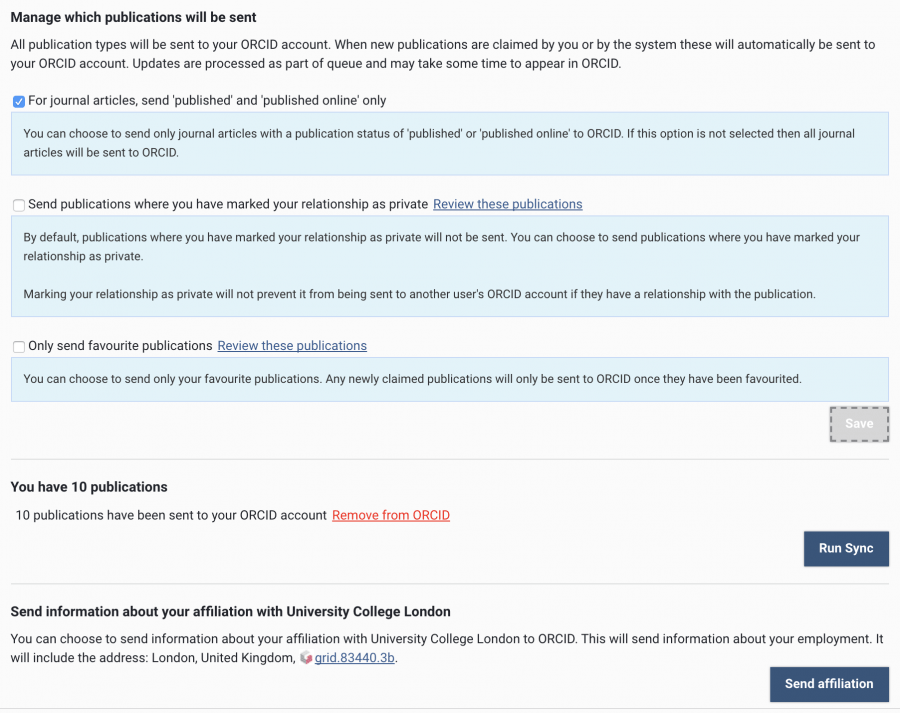Transforming publishing with new agreements?
By Catherine Sharp, on 25 May 2020
When Plan S was announced 18 months ago, requiring all publications from participating funders to be made open access from 2021, a new term – transformative agreement – entered the open access lexicon. The idea is to transform or transition journal publishing away from subscriptions towards full open access.
The Wellcome open access policy from 2021, and Plan S, allow authors to publish in three different types of journal. After their consultation on a new policy finishes, the UK Research Councils (UKRI) might well say something similar. Here are the three routes:
- Fully open access journals. All papers in these journals are published open access, often for a fee. Examples are the PLOS and BMC journals, Nature Communications, Scientific Reports, SageOpen, Wellcome Open Research, and UCL’s own UCL Open: Environment and UCL Child Health Open Research.
- Journals that aren’t open access, but that allow authors to make their manuscripts open access in a repository like UCL Discovery, on publication, under the CC BY licence. Royal Society journals are an example.
- Journals that are part of transformative agreements, or are themselves transformative journals, until 2024.
Most publishers still don’t allow immediate open access in a repository, and most that do don’t allow CC BY. Transformative agreements are increasing, though.
Jisc, which negotiates our subscription agreements, has some complex criteria for transformative agreements. Publishers must offer 100% UK open access publishing that’s affordable, sustainable and transparent. Large commercial publishers, as well as society publishers like Microbiology Society and Electrochemical Society, all have agreements.
What does this mean for me?
UCL is trialling lots of transformative agreements this year. These include our long-standing SpringerCompact, RSC and IOP agreements, smaller offers from Brill, Thieme, European Respiratory Journal and the societies we’ve already mentioned, and larger agreements with Wiley and Sage.
These agreements are restricted to UCL corresponding authors. Make sure you give your UCL e-mail address and affiliation when you submit to a journal; you should be recognised as eligible if we have a transformative agreement. See our step-by-step guide to open access funding for more information both about these agreements and about other open access funding arrangements.
Contact us if you’d like to arrange a virtual department visit from us to discuss these agreements.
 Close
Close






 Ever been asked to populate a publication list for an online profile, role or funding bid? If your ORCID is up to date, you can use your ORCID instead!
Ever been asked to populate a publication list for an online profile, role or funding bid? If your ORCID is up to date, you can use your ORCID instead!


